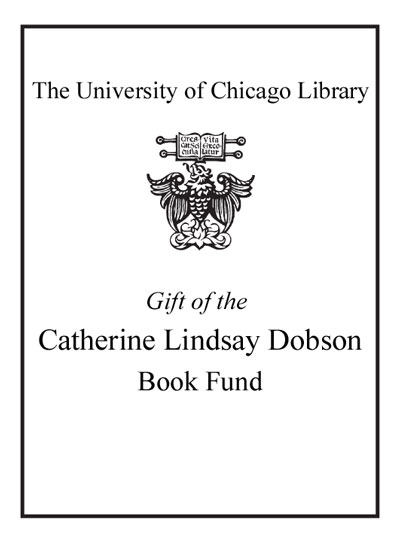Review by Choice Review
Mathews (New York Univ.) and Taylor (West Los Angeles College) offer a handsome volume featuring the Gospels of Gladzor--a masterpiece of 14th-century Armenian manuscript illumination, produced by teams of artists in two separate monasteries in the Armenian province of Siunik. Some 69 manuscripts are known from Gladzor--a monastery whose precise location is no longer known. Since 1908 this splendid manuscript has been housed in the library of the University of California in Los Angeles. The iconography of the miniatures is unique, in keeping with distinct Armenian tradition. The miniatures are a pictorial biography of Christ with emphasis on his healing powers, and serve both didactic and theological purposes. The three artists who worked on the manuscript used the 11th-century Vehap'ar Gospels as a model. Only one of the artists, known as Toros, signed his name in the manuscript. Although the iconography of these Armenian miniatures is discussed, the style of the brilliantly robed figures is largely neglected. The Byzantine, Mongol, and Latin Western influences are hinted at, but never fully explored. Graduate students; faculty and researchers. J. Gutmann emeritus, Wayne State University
Copyright American Library Association, used with permission.
Review by Library Journal Review
The Armenian Gospels of Gladzor is the catalog for an exhibition at the Getty Museum highlighting the Gladzor Gospels. This early 14th-century book, currently disbound for conservation, was loaned from its neighbor institution, the Young Research Library at UCLA. Mathews (Inst. of Fine Arts, NYU) and Taylor (West Los Angeles Coll. and exhibition organizer) discuss its art history within the complex Armenian political history (a map is included). A chapter on themes within these Gospels from Gladzor includes a fascinating section on the prominence of women in the pictures. The 60 full-page color plates are stunning, and while Persian, Greek Orthodox, Syrian, and Western Christian influences can be seen, they have their own uniquely Armenian character. Thus, although Treasures from the Ark places illuminated manuscripts within the context of other types of religious art (like sculptures and liturgical textiles), The Armenian Gospels of Gladzor focuses in depth on one specific manuscript. And just as its title emphasizes, The Bible in the Armenian Tradition itself uses illuminations as a means to understand and remember the biblical text. Libraries in cities with Armenian populations, like Los Angeles, will want all three books. Yet precisely because they are not mainstream, other academic and public libraries may want to consider one or all of these titles to introduce more people to the aesthetic appeal and intense devotion manifested in Christian Armenian art. Anne Marie Lane, American Heritage Ctr., Laramie, WY (c) Copyright 2010. Library Journals LLC, a wholly owned subsidiary of Media Source, Inc. No redistribution permitted.
(c) Copyright Library Journals LLC, a wholly owned subsidiary of Media Source, Inc. No redistribution permitted.
Review by Choice Review
Review by Library Journal Review

